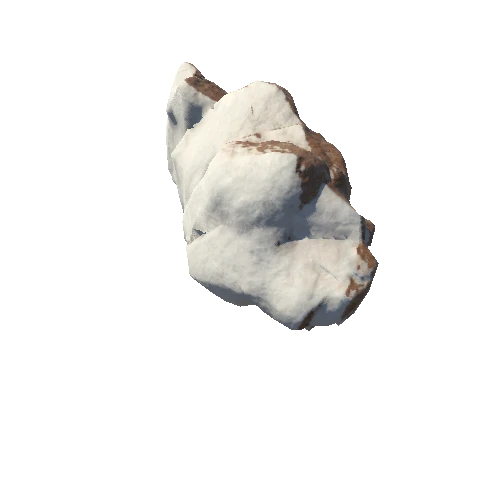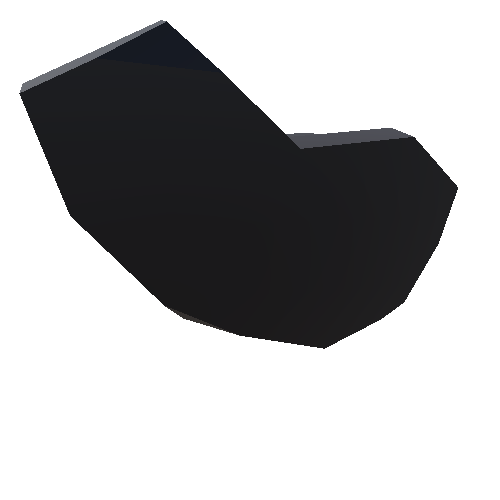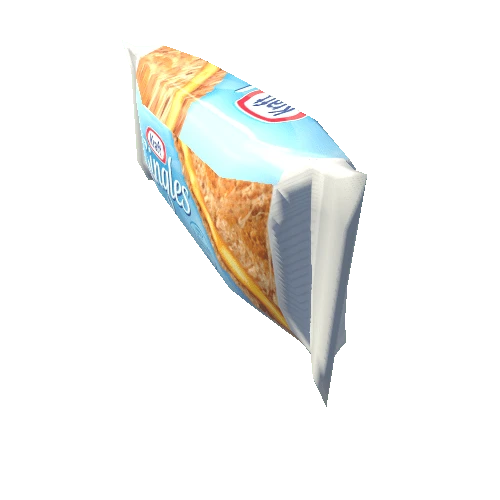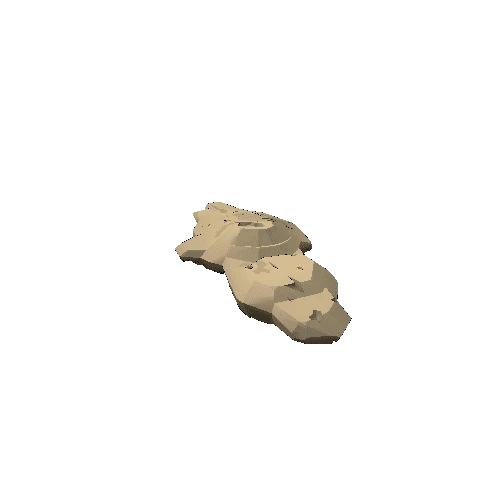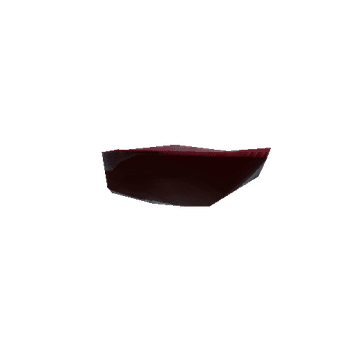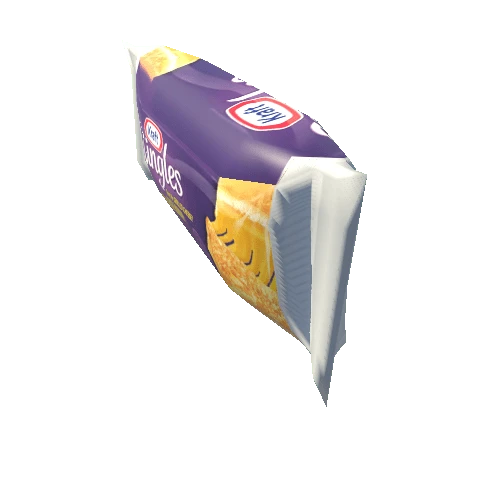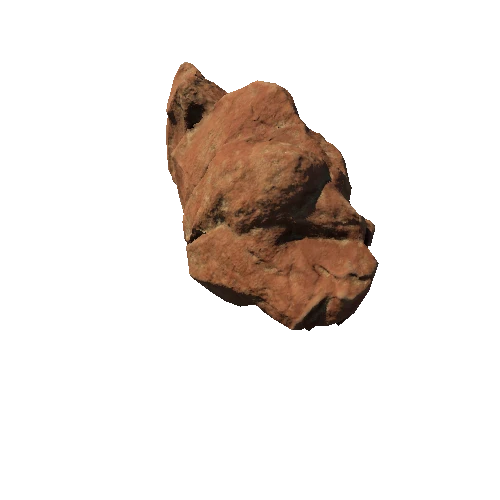Select or drop a image or 3D model here to search.
We support JPG, JPEG, PNG, GIF, WEBP, GLB, OBJ, STL, FBX. More formats will be added in the future.
Asset Overview
BIRUG 4180 shows the skull of *Archegosaurus*. This animal lived during the Permian (~299–252 million years ago), and was a member of Temnospondyli; a group of tetrapods (animals with four limbs), from which modern amphibians are thought to have evolved.
*Archegosaurus* looked very similar to modern slender-snouted crocodylians, such as the gharial. It grew to almost 2 metres in length and most of its body was covered with bony scales.
Recent research suggests that *Archegosaurus* was more aquatic and fish-like than previously thought; much of its skeleton remained cartilaginous until late growth stages – providing poor support for movement on land (Witzmann & Schoch, 2005). It also depended on its gills and partially its lungs for gas-exchange – rather than its skin, like modern amphibians – due to its covering of impermeable bony scales (Witzmann & Brainerd, 2017).
This specimen is from near Lobbach in Baden-Württemberg, Germany and was digitised by Andrew Jones using an Artec Spider 3D scanner.
